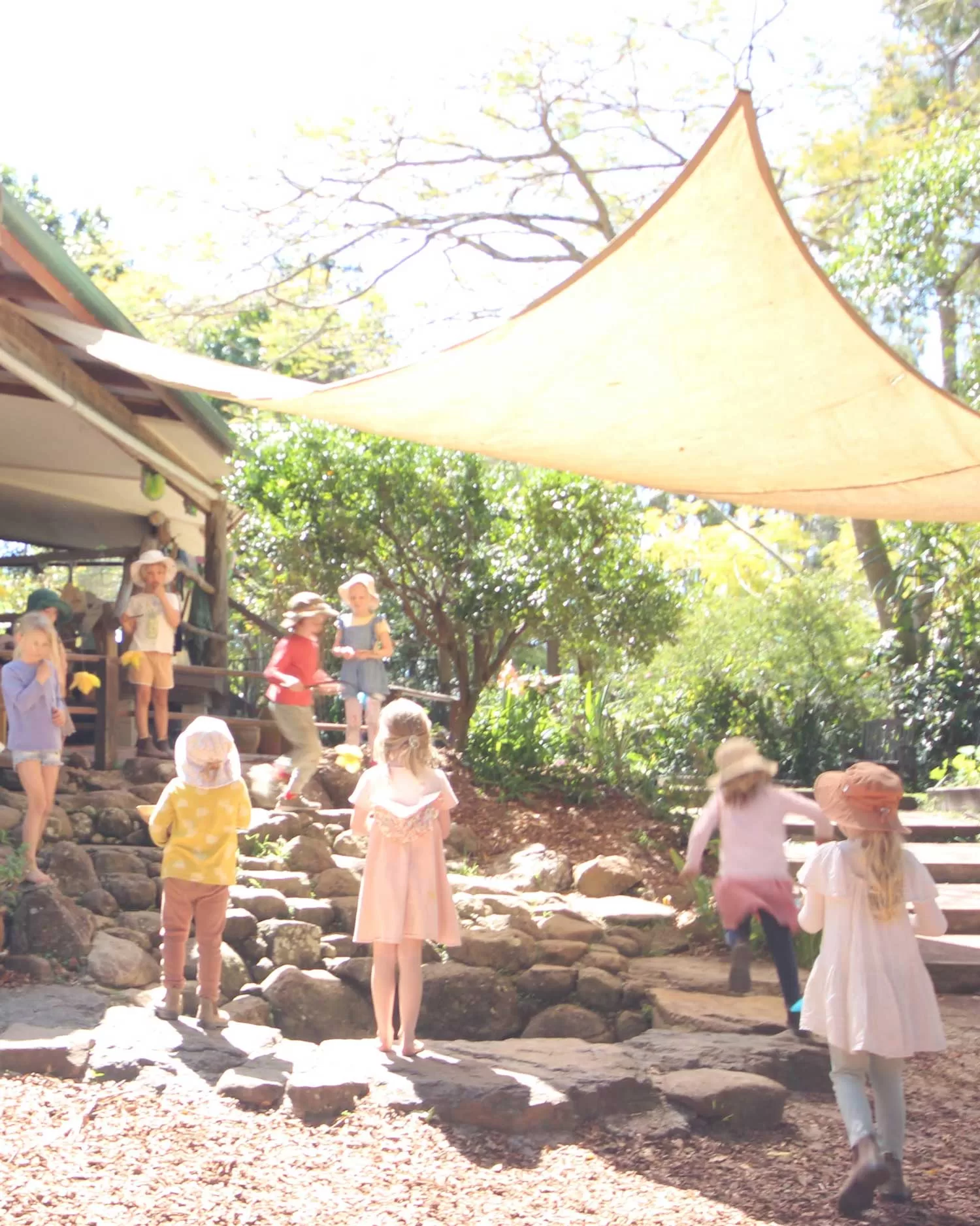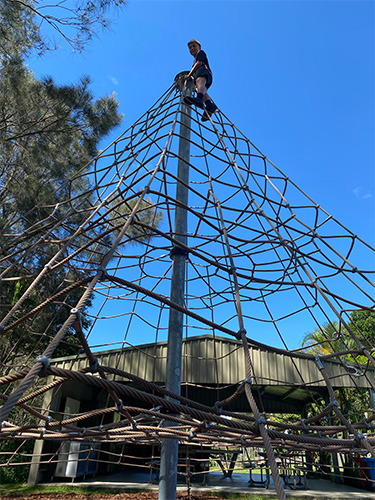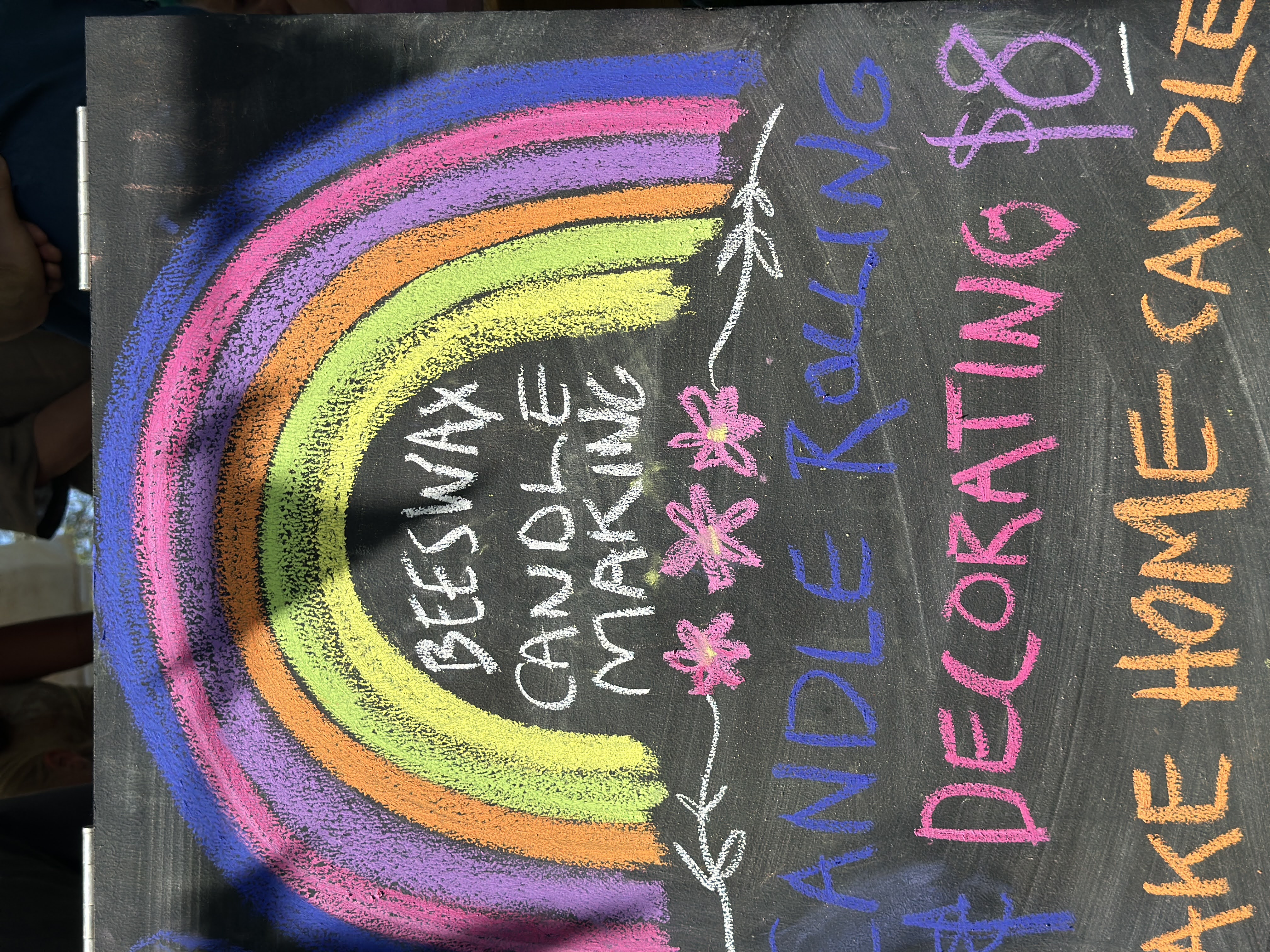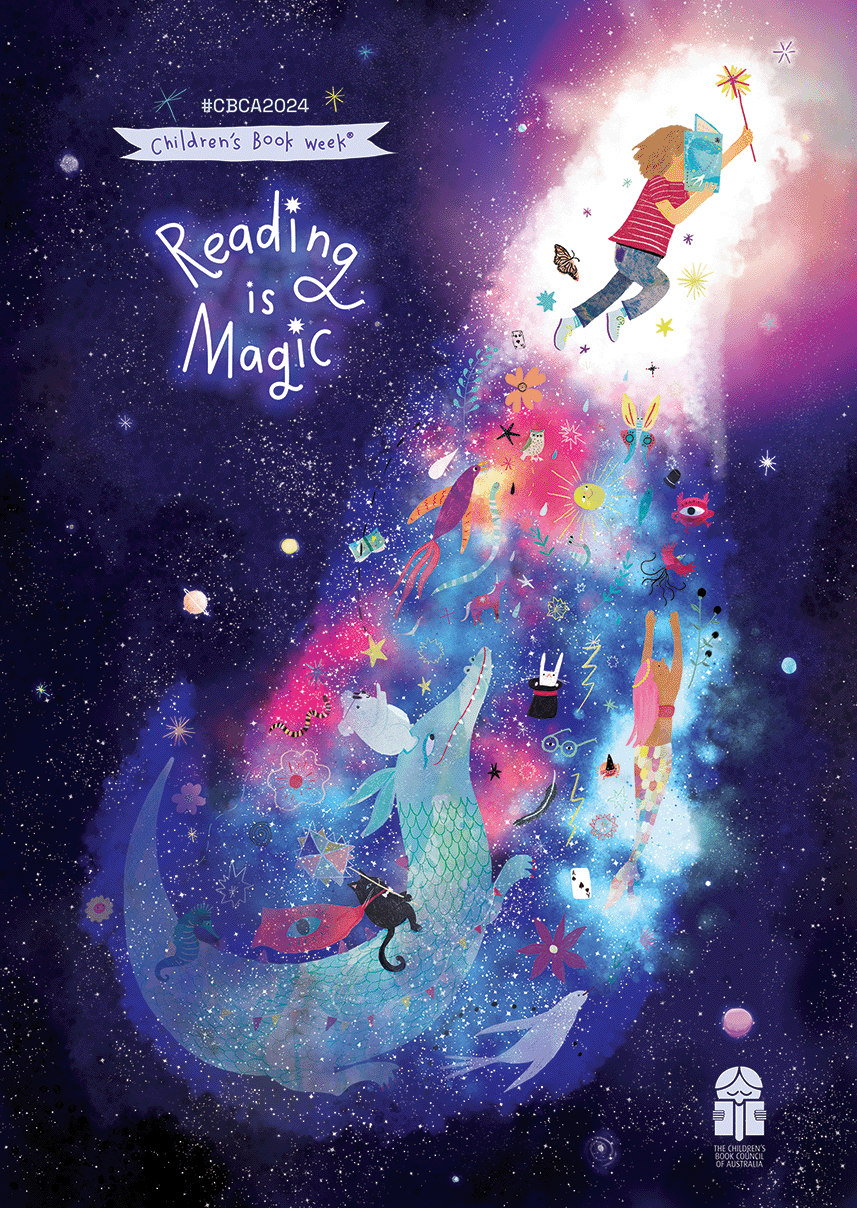We provide a rich, nature-inspired environment where students engage with the world through hands-on experiences. Into our curriculum is woven the arts – music, painting, drawing, drama, speech, singing and movement which engages the child’s inner life in their learning.
Our dedicated and experienced teachers create a supportive atmosphere that fosters a love for learning. We emphasise a child’s natural curiosity, enabling them to ask questions, explore, and develop a deep understanding of the subjects they study.
The Primary school offerings are designed to stimulate both academic and personal growth. Subjects such as mathematics, language arts, science, and history are taught in a way that makes learning exciting and relevant. In addition to traditional subjects, we also offer specialty classes in music, gardening, hard and soft craft, movement and more, allowing students to develop a wide range of skills.
We are proud of our vibrant, close-knit community of students, parents, and teachers who work together to create a nurturing and enriching educational environment. The Cape Byron Rudolf Steiner School Primary experience is a foundation for a lifelong love of learning, curiosity, and creativity.
Join us at the Cape Byron Rudolf Steiner Primary School, and let your child’s educational journey begin with a holistic and inspiring approach that respects the uniqueness of each individual. We look forward to welcoming you into our community and watching your child flourish as a well-rounded, confident, and compassionate individual.
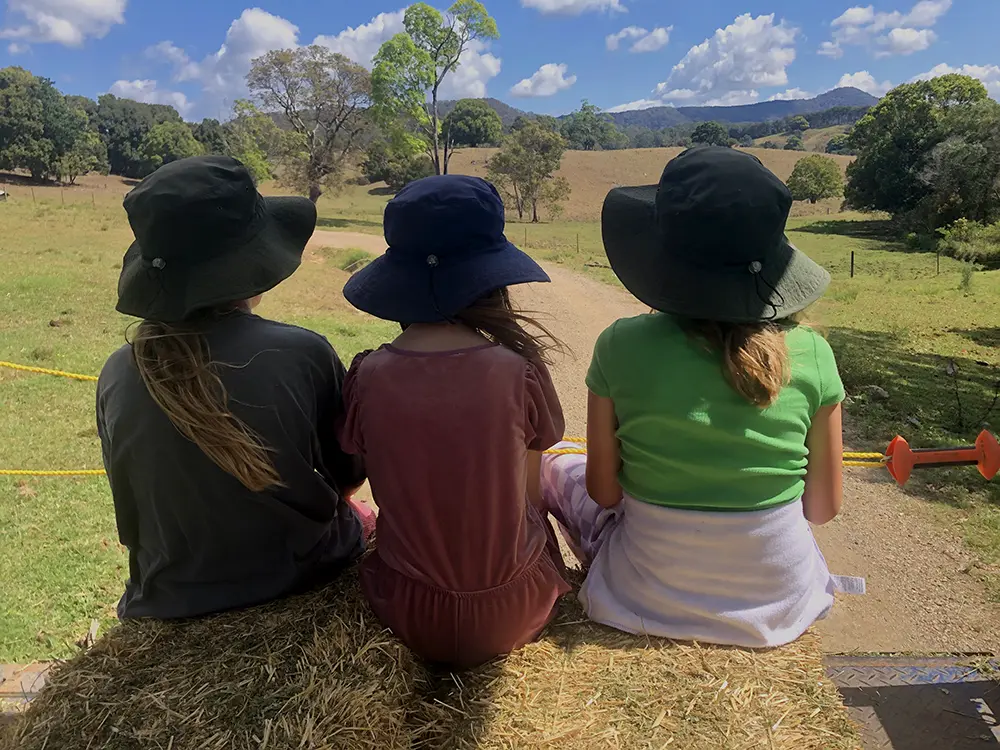
A place where education is a journey of wonder, beauty and discovery
Our Primary school is a place where children, aged 6 to 12, embark on a holistic educational adventure rooted in the renowned Steiner-Waldorf philosophy.
At Cape Byron Rudolf Steiner School, we believe that every child is a unique and gifted individual, and our approach to education reflects this belief. Our educational methodologies in the Primary school are designed to nurture the intellectual, creative, and emotional aspects of each child’s development and encourages a love for learning that lasts a lifetime
